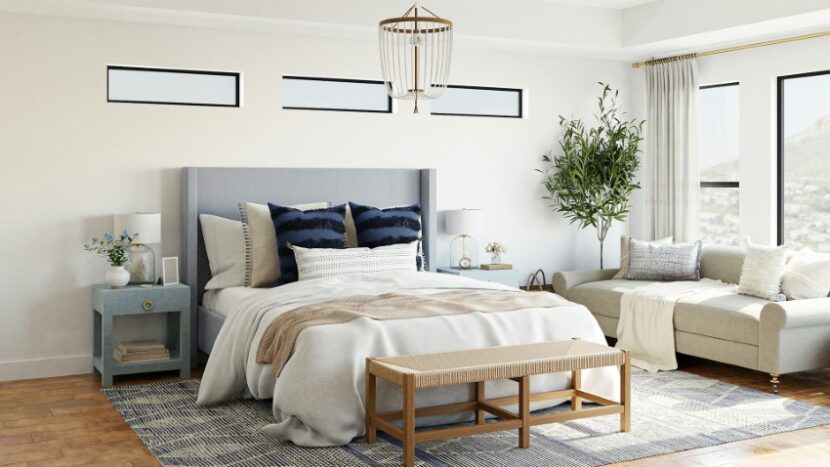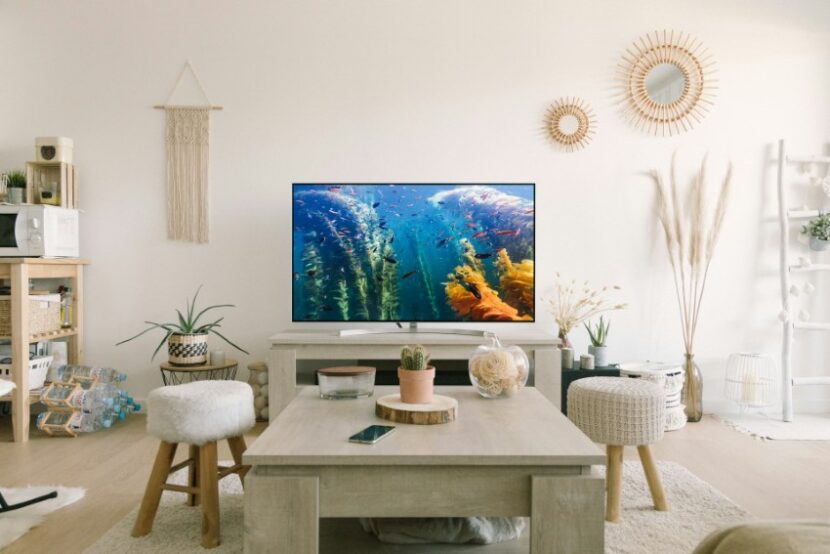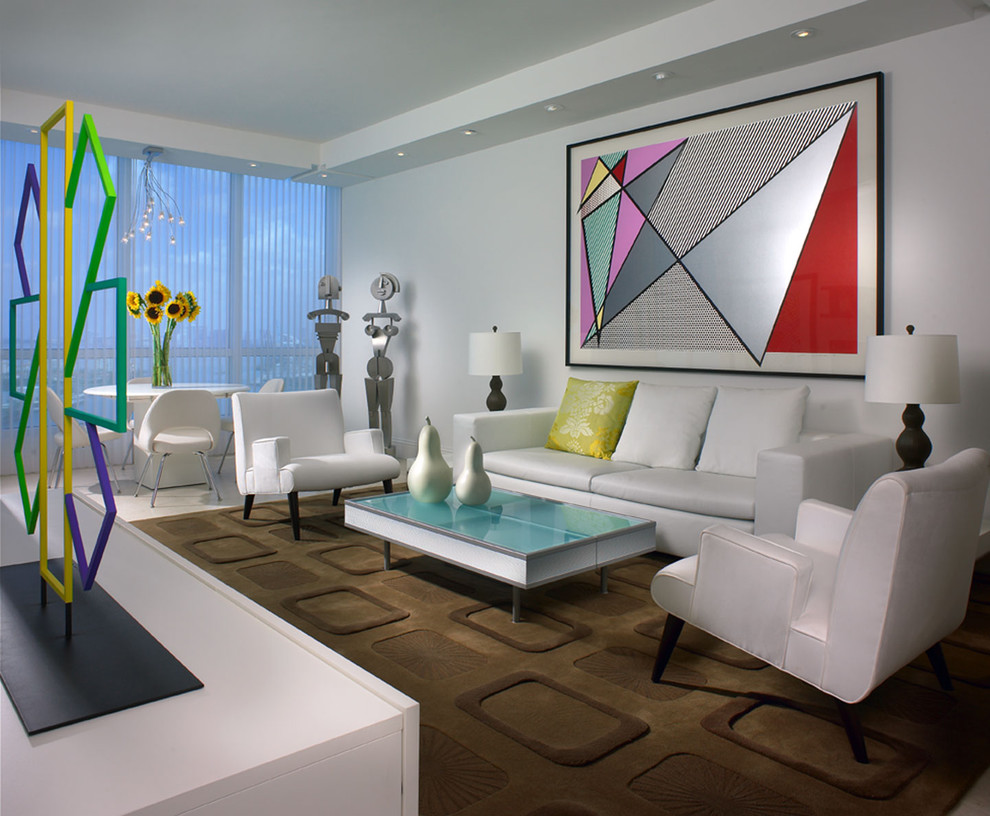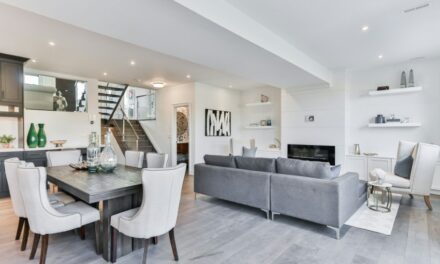In the fast-paced modern world, the concept of family-centered living has become more crucial than ever. As the epicenter of our support systems and emotional well-being, families seek environments that foster connection and togetherness. One avenue through which we can manifest this ethos is in our interior design choices. In this blog, we’ll explore the symbiotic relationship between family-centered living and interior design, discovering how thoughtful design can enhance the quality of family life.
1. Designing for Gatherings: The Heart of Family Living
In family-centered living, the gathering spaces take center stage. Whether it’s the living room, dining area, or kitchen, these spaces are where family members come together to share stories, laughter, and meals. Interior design plays a pivotal role in ensuring these areas are not just aesthetically pleasing but also functional and inviting.
Consider an open-concept layout that seamlessly connects the kitchen, dining, and living spaces. This not only facilitates interaction but also allows for shared activities. Large, comfortable sofas and communal seating arrangements encourage family members to come together for movie nights or game sessions. The use of warm colors and natural materials can create a cozy ambiance that fosters a sense of belonging.
Consider incorporating Quorn Stone flooring tiles, seamlessly merging style and practicality to create a space that not only exudes elegance but also stands the test of everyday family life.
2. Personalized Spaces: Tailoring Design to Individual Needs
While shared spaces are essential for bonding, recognizing the importance of individuality within a family is equally crucial. Each family member has unique interests, preferences, and needs. Interior design should reflect and accommodate these individual differences.
In bedrooms, for instance, customization becomes key. Children’s rooms can be designed to inspire creativity and play, incorporating vibrant colors and interactive elements. Meanwhile, adult bedrooms may benefit from serene colors and cozy textures, promoting relaxation. Personalized decor items, such as family photos or cherished mementos, can be strategically placed to infuse a sense of identity into each space.
3. Functional Design for Everyday Living
Family-centered living often means dealing with the chaos of daily life. Interior design can help streamline and simplify these everyday tasks. Practical considerations, such as ample storage solutions and durable furniture, become paramount.
In the kitchen, for example, an organized layout with sufficient storage for utensils and groceries can make meal preparation more enjoyable. Similarly, choosing furniture that is both comfortable and easy to clean can contribute to a stress-free living environment. Thoughtful placement of functional elements can also enhance safety, particularly in homes with young children.
4. Tech Integration: Balancing Connectivity and Quality Time
In today’s digital age, technology is an integral part of our lives. While it can connect us in various ways, it’s essential to strike a balance between screen time and quality family moments. Interior design can facilitate this equilibrium by integrating technology thoughtfully.
Consider creating designated tech zones within communal areas, ensuring that screens don’t dominate shared spaces. Embrace smart home features that enhance convenience, such as automated lighting or climate control. By incorporating technology in a way that complements rather than overwhelms family life, interior design can contribute to a harmonious living environment.
Conclusion
Family-centered living and interior design are intertwined, shaping the way we experience and cherish our most intimate spaces. By prioritizing gathering spaces, personalization, functionality, and tech integration, we can create homes that not only reflect our individuality but also nurture the connections that make family life rich and fulfilling. As we navigate the complexities of the modern world, let our homes become sanctuaries that celebrate the essence of family, fostering love, support, and shared memories.














